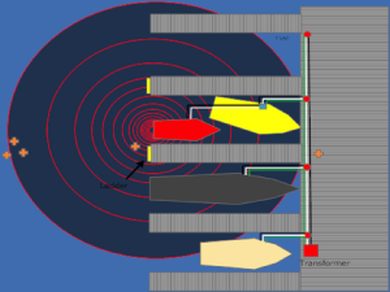AndyEich
New Member
Before I get too deep into my questions, I wanted to first check whether this post is new and correctly categorized in the "marine" sub-forum.
I'm looking to construct a small solar array on a floating raft. Most of my questions are around the environmental factors, particularly in terms of how to ensure safety when sending the power to shore. Voltage, choice of submerged cable, and fusing approach would be key, as will how to manage the system's transition between summer and winter (when the pond freezes).
I've been unable to turn up any similar threads, but I'm a new member, so please speak up if those of you who have been here longer have a better sense of where this belongs or whether it duplicates prior discussions. If, after a couple of days, this *does* seem like a new topic and it's in the right place, I'll follow up with some more background and specific questions. Thanks!
I'm looking to construct a small solar array on a floating raft. Most of my questions are around the environmental factors, particularly in terms of how to ensure safety when sending the power to shore. Voltage, choice of submerged cable, and fusing approach would be key, as will how to manage the system's transition between summer and winter (when the pond freezes).
I've been unable to turn up any similar threads, but I'm a new member, so please speak up if those of you who have been here longer have a better sense of where this belongs or whether it duplicates prior discussions. If, after a couple of days, this *does* seem like a new topic and it's in the right place, I'll follow up with some more background and specific questions. Thanks!



